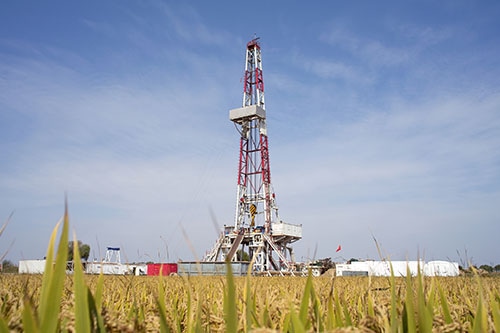
Natural gas is important to all of us but most of us never think about where it really comes from or how it gets to our homes. The natural gas found underground is not the same as what is piped into our homes. Natural gas, as it exists underground, comes associated with a variety of other compounds and gases that must be removed to meet certain purity specifications. This natural gas drilling process is the separating of all of the hydrocarbons and fluids from the pure natural gas to produce natural gas that is pipeline quality. The purification of natural gas consists of four different processes. The first uses a separator to cool the wet natural gas and remove the oil and condensate. A second process is the water removal. The removal of free water itself is fairly simple but the removal of the water vapor in natural gas requires a more complex treatment that consists of dehydrating the natural gas. This is done through either absorption where the water vapor is taken out by a dehydrating agent or adsorption which occurs when the water vapor is condensed and collected on the surface. The third separation is that of natural gas liquids. Using a similar technique to those used to dehydrate the natural gas, the liquids are extracted from the natural gas then separated down to their base components. The fourth and final part of natural gas processing is the removal of sulfur and carbon dioxide. Sulfur compounds that are in raw natural gas can be very harmful to breathe so it must be removed. While this process may seem complex and irrelevant, it is a very important piece of the natural gas value chain. It is very influential in making sure that the gas we use in our homes is as clean and pure as possible. Once the natural gas has been put through this full process it is ready to be consumed and can be transported to our homes, schools, and businesses.